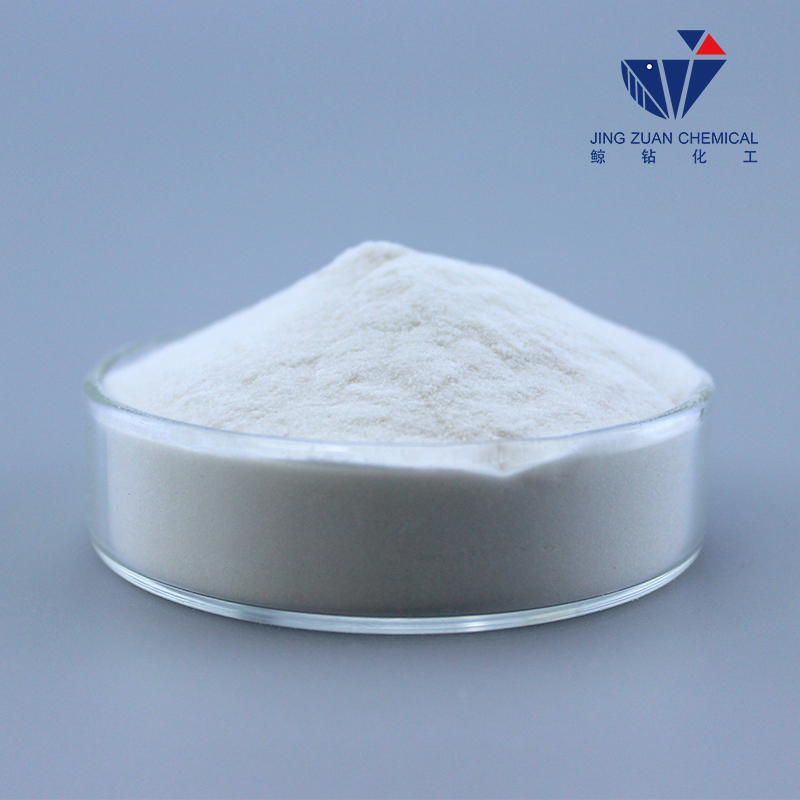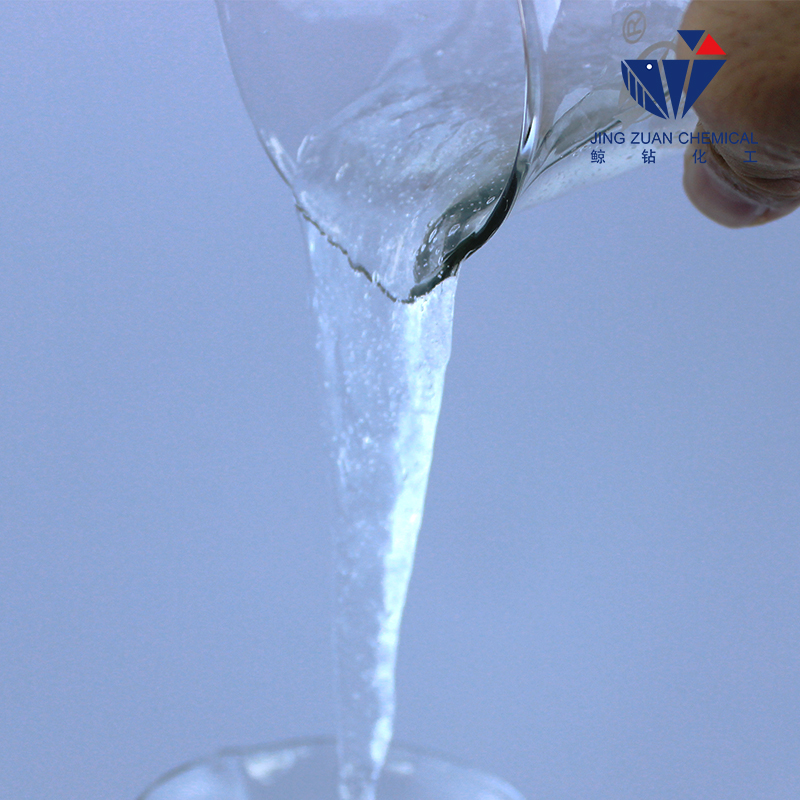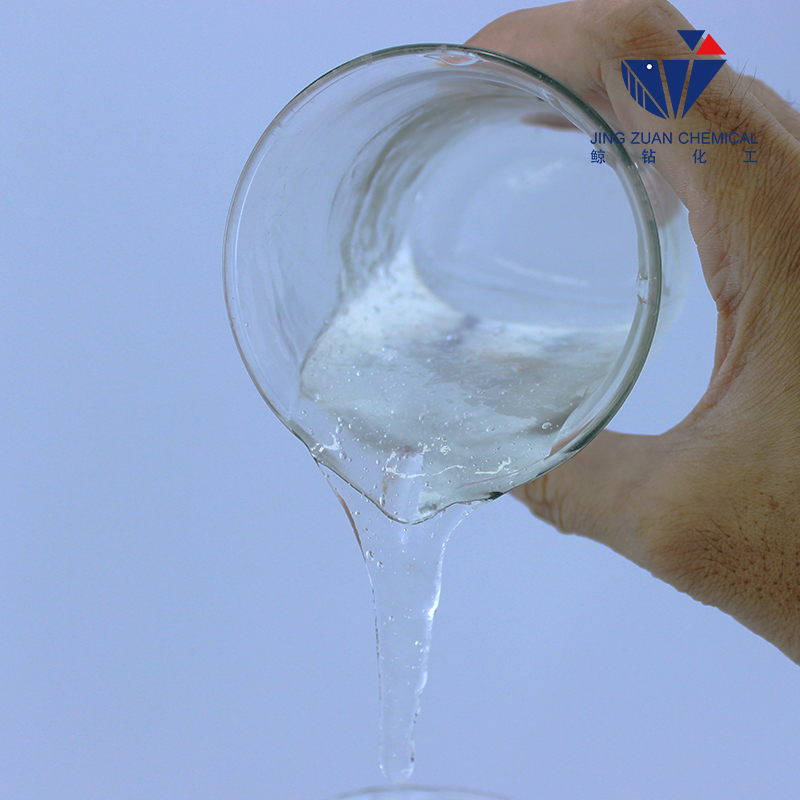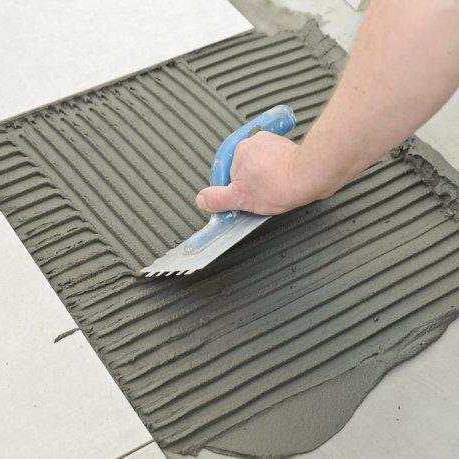
Sep . 30, 2025 13:20 Back to list
Cellosize HEC for Sale: Fast-Dissolving, Viscosity Control?
An Insider’s Take on HEC: Trends, Specs, and Real-World Use
If you’ve been shopping cellosize hec lately, you’ll know the market moves fast—supply ebbs with pulp pricing and, oddly enough, ethylene oxide turnarounds. I was back in Hebei recently (Origin: NO.1 BUILDING, TECHNOLOGY CERTER, HIGH-TECH ZONE, SHIJIAZHUANG CITY, HEBEI PROVINCE, CHINA), and the talk on the floor was clear: consistent rheology at lower VOC is winning orders.

Industry pulse
Architectural coatings are tightening specs on sag control and brush feel; personal care formulators want salt tolerance without sliminess. Nonionic HEC is quietly gaining share as microplastic scrutiny nudges some acrylic thickeners aside. To be honest, the winners are suppliers who can ship on time and keep viscosity in a tight band—seems obvious, but it’s rare.

What HEC is (and the quick specs)
Chemical name: Hydroxyethyl cellulose (HEC). Formula: (C2H6O2)x. It’s a nonionic, water-soluble cellulose ether used as a thickener, water-retention aid, and film former. Typical gel temperature sits around 62–70 °C—handy for certain processing windows.
| Parameter | Spec (HEC) | Notes |
|---|---|---|
| Viscosity | 50,000–100,000 mPa·s | 2% solution, Brookfield RV, 25 °C; real-world ≈ varies with salts/shear |
| Moisture | ≤5% | Loss on drying |
| Residue (Ash) | ≤5% | Sulfated ash |
| Gel temperature | 62–70 °C | Indicative |

Process flow (how it’s made and checked)
Materials: purified cellulose pulp, NaOH (alkalization), ethylene oxide (etherification), water/solvent medium.
Methods: alkalization → etherification → neutralization → washing → drying → milling → QC release.
Testing standards: Viscosity per ASTM D2196 (Brookfield), moisture (oven), ash (pharmacopeial), pH in 1–2% soln, substitution level (M.S.).
Shelf life: typically 24 months in sealed bags, cool/dry storage; honestly, humidity control matters more than people admit.

Applications and advantages
- Coatings: improved sag resistance, leveling, and open time; dosage 0.2–0.6%.
- Personal care: shampoos/cleansers for silky, non-snotty flow; compatible with anionic/amphoteric surfactants.
- Construction: tile adhesives and putties benefit from water retention and slip control.
- Oilfield: brines/fracturing fluids; viscosity retention in electrolytes is decent for a nonionic.
- Polymerization aid: protective colloid for dispersion stability.
Compared with some acrylic thickeners, cellosize hec gives more natural handfeel and easier pH handling. Versus HPMC, it often hydrates faster (unless you use delayed-hydration grades).

Vendor landscape (practical view)
| Vendor | Flagship | Strengths | Watch-outs |
|---|---|---|---|
| CNJZ Chemical (Hebei) | HEC (this spec) | Balanced cost-to-consistency; flexible packaging; fast lead times in Asia | Export docs: confirm CoA/SDS set early |
| Ashland | Natrosol HEC | Tighter viscosity windows; robust tech support | Premium pricing |
| Dow | Cellosize HEC | Global availability; well-characterized grades | Lead times vary by region |
Customization and QC
Options I’ve seen requested: viscosity targets (e.g., 60k, 80k mPa·s), particle size for fast/slow hydration, dust-suppressed or delayed-hydration surface treatment, microbiological limits for personal care, and special pallets for humid ports. Certifications often include ISO 9001 and REACH registration; ask for batch CoA with Brookfield method (spindle/speed), moisture, ash, pH.
Case notes from the field
A Southeast Asia paint maker swapped an acrylic-thickened interior flat for cellosize hec (0.35% on total). KU rose modestly (83 → 88), but sag (per ASTM D4400) improved by about 15%, and brush drag feedback from contractors was enthusiastically positive. In a 12-week 40 °C stability test, viscosity drift stayed within ±6%—not bad at all.

How to use without headaches
- Premix into vortex at 20–30 °C; add defoamer early; allow full hydration before pH tweaks.
- Salt and solvent cut viscosity; test your ladder, don’t assume supplier data is plug-and-play.
- Storage: keep bags sealed; once opened, moisture pickup is sneaky—use desiccants.
References
- ASTM D2196 – Standard Test Method for Rheological Properties by Brookfield Viscometer. https://www.astm.org/d2196
- ISO 9001:2015 – Quality management systems. https://www.iso.org/standard/62085.html
- EU REACH Regulation (EC) No 1907/2006. https://eur-lex.europa.eu
- Ashland Natrosol HEC Technical Data (general reference). https://www.ashland.com
-
Cellulose Ether | High Purity, Fast Hydration, Stable Flow
NewsNov.17,2025
-
Cellosize HEC Thickener – High Purity, Fast-Dissolving
NewsNov.17,2025
-
Cellulose Ether: High-Purity Liquid Thickener, HEC Cellulose
NewsNov.17,2025
-
VAE Powder (RDP): High Adhesion & Flexibility for Mortars
NewsNov.17,2025
-
Cellulose Ether: High Purity, Fast-Dissolving, Stable Flow
NewsNov.17,2025
-
Cellosize HEC Thickener – High Purity, Fast-Dissolving
NewsNov.11,2025







